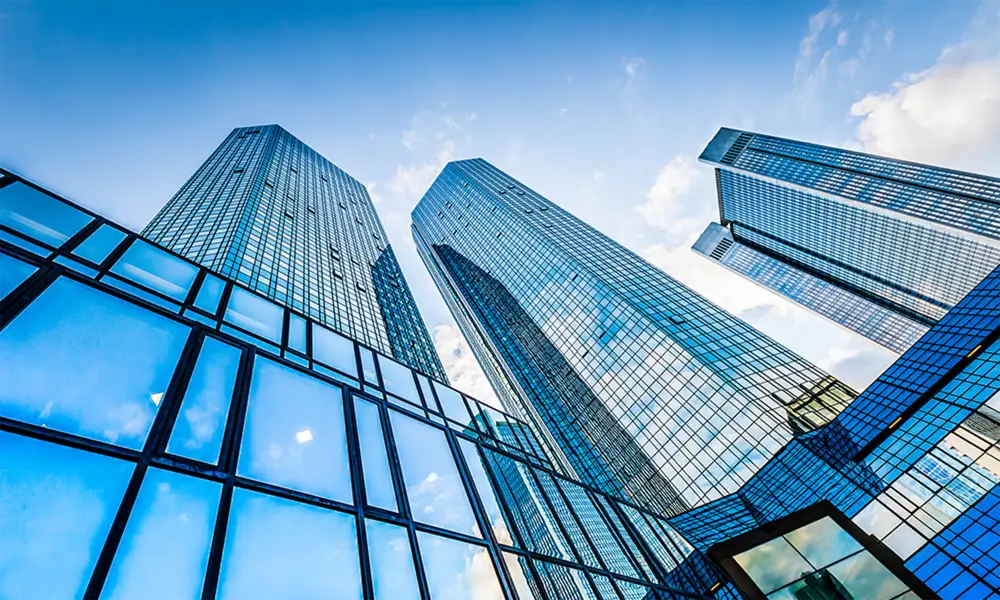

Tinted Glass Types An Overview
Tinted glass has become increasingly popular in both residential and commercial architecture, providing a range of benefits from privacy to energy efficiency. The process of tinting glass involves adding a metallic oxide layer or using colored materials during the manufacturing process, resulting in various shades and types that cater to differing needs. This article will explore the most common types of tinted glass, their advantages, and potential applications.
Types of Tinted Glass
1. Bronze Tinted Glass This type is characterized by a brownish hue, which not only enhances the aesthetic appeal of a building but also reduces glare and provides UV protection. Bronze tinted glass is often used in commercial settings, such as office buildings, where it can help regulate indoor temperatures while maintaining visibility from the outside.
2. Grey Tinted Glass Grey tinted glass offers a sophisticated look and is popular in modern architecture. It effectively reduces glare without compromising the outdoor view, making it suitable for both residential and commercial buildings. The neutral tone of grey also helps in blending with various design elements, providing versatility in different settings.
3. Green Tinted Glass This type provides a subtle aesthetic with its calm green hue. It effectively rejects heat and improves energy efficiency by reducing the amount of solar heat gain inside buildings. Green tinted glass is commonly chosen for buildings in regions with high sunlight exposure, as it helps maintain comfortable indoor temperatures.
4. Blue Tinted Glass With its distinct blue tone, this type of tinted glass is often used in contemporary architecture to convey a modern and sleek look. Blue tinted glass offers excellent glare reduction and UV protection, making it suitable for environments that require a balance between visibility and privacy.
5. Reflective Tinted Glass This type features a reflective coating that enhances privacy while minimizing heat gain. The reflective surface can create a mirror effect on the exterior, deterring prying eyes while maintaining a bright interior. This type is commonly seen in high-rise buildings and skyscrapers, where privacy and sun control are crucial.
6. Low-E Tinted Glass Low-Emissivity (Low-E) tinted glass is a high-performance glass that combines tinting with a special coating that reflects some of the sun’s heat while allowing visible light to pass through. This combination not only reduces energy costs by improving insulation but also enhances comfort by minimizing temperature fluctuations inside buildings.

Advantages of Tinted Glass
Tinted glass offers numerous benefits that make it an attractive choice for various applications
- Energy Efficiency By rejecting solar heat, tinted glass helps maintain a stable indoor temperature, leading to reduced reliance on air conditioning and lowered energy bills. - UV Protection Tinted glass serves as a barrier against harmful ultraviolet rays, helping to protect furniture, flooring, and other interior elements from fading.
- Glare Reduction The various shades of tinted glass significantly decrease glare, improving visibility and comfort in bright conditions.
- Privacy Many tinted glass options offer enhanced privacy without compromising natural light, making them ideal for offices, bathrooms, and urban settings.
- Aesthetic Appeal The wide range of colors and shades available allows for creative architectural designs, contributing to the overall beauty of a building.
Conclusion
In conclusion, tinted glass is an essential element in modern architecture, offering practical solutions to enhance comfort, energy efficiency, and aesthetic value. With a variety of types available—each catering to specific needs—tinted glass continues to be a popular choice for homeowners and architects alike. Whether it’s for residential privacy, energy efficiency in commercial buildings, or simply an aesthetic upgrade, tinted glass remains a versatile and valuable component in construction and design.